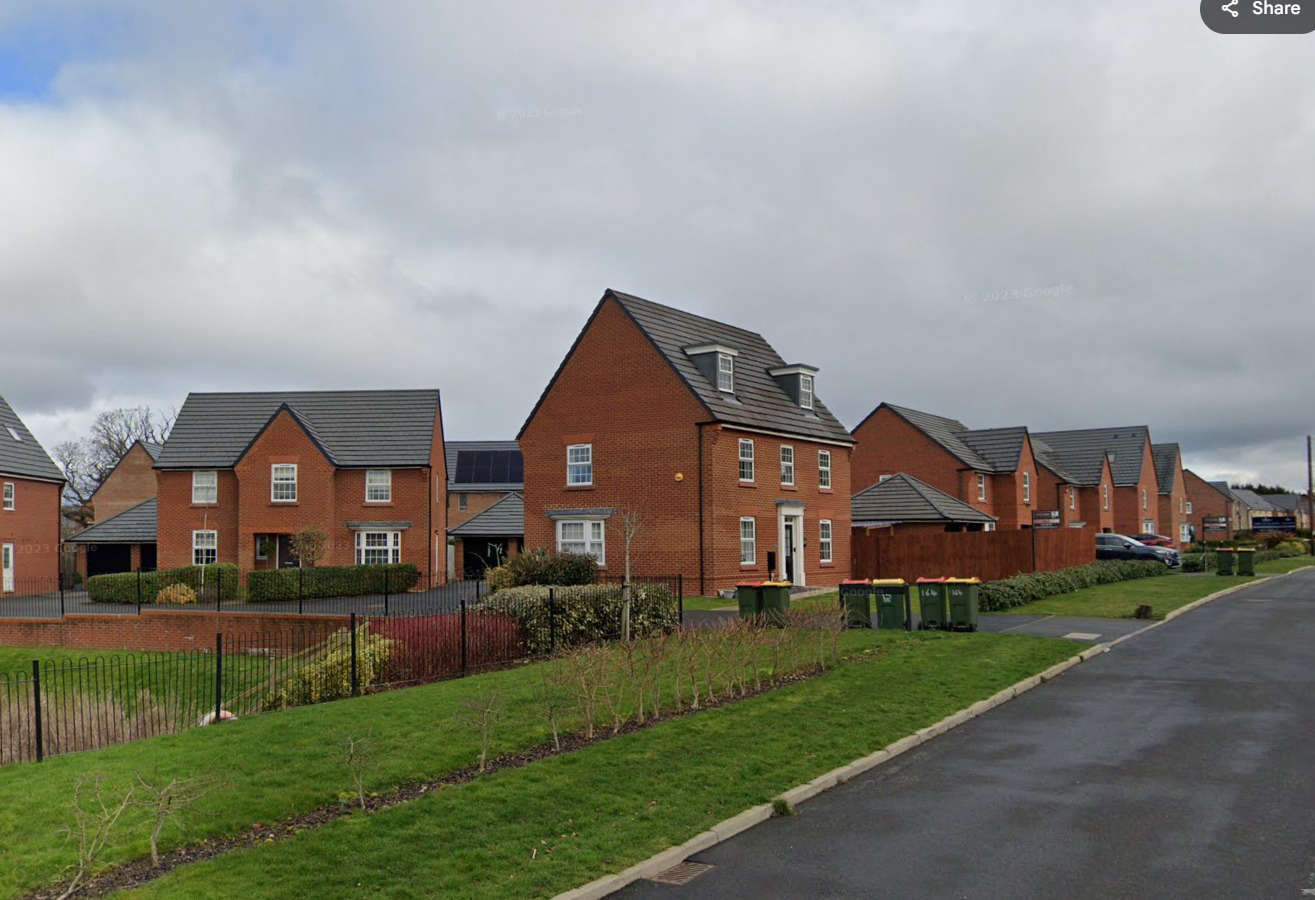
Half of the new homes planned as part of a major expansion of Preston have now been completed.
A vision for the development of around 5,300 properties across the north west of the city was drawn up in 2014. It was proposed that the dwellings would be delivered over the course of the following two decades.
The Local Democracy Reporting Service (LDRS) can reveal that when the halfway point was reached last year, 2,638 of the 5,322 proposed homes had been built – 49.6 percent of the total.
By the end of March 2024 – the latest date for which comprehensive figures are available – a further 1,192 properties had also been granted planning permission in an area known as the North West Preston Strategic Location.
The sprawling plot that was earmarked for the plethora of new estates includes part of Cottam, along with Higher and Lower Bartle and Lightfoot Green. It sits in an area north of Hoyles Lane and Lightfoot Lane, just south of the M55 and extends from the new Edith Rigby Way – which opened 18 months ago – in the west as far as the M6 in the east.
Fewer than 1,500 homes now need to be brought forward and granted permission within the next 10 years in order for the ambitious housing project to be realised within the expected timeframe – provided that both they and the yet-to-be built approved houses ultimately get off the ground.
Notwithstanding that crucial caveat, Preston City Council says the figures suggest the North West Preston scheme is well on track.
A spokesperson told the LDRS, “Urban extensions of this scale aren’t easy to phase, especially where all the land is in private ownership.
“However, approximately ten years [on] from the first consents, to have delivered almost half of the housing capacity on the site – almost all with policy-compliant levels of affordable housing and the major infrastructure required, along with a number of community uses and facilities – [means that] the council is very satisfied with progress.”
Of the 319 dwellings completed between April 2023 and March 2024, 92 – or 28 percent – fell into the discounted ‘affordable homes’ category, meaning they were offered for sale or rent at less than market rates. On individual developments within urban areas – which was the status granted to much of North West Preston – city planning policy states that 30 percent of new homes should be classed as affordable, unless housebuilders can show it would make their developments financially unviable.
SERVICES ON THE DOORSTEP?
In order to co-ordinate the planned expansion of the city, an interim ‘masterplan’ was produced in February 2014 – just as applications for the earmarked land in North West Preston were starting to emerge – with a formal version being adopted three years later.
The document was designed guide the development of the area, by balancing competing interests and ensuring the new homes were provided with the necessary local infrastructure and services. The latter have proved a bone of contention amongst some of the councillors representing parts of the patch – particularly the thorny issues of schools.
The masterplan suggested the newly-developed area would require two new primary schools – both expected to have two entry classes – and a one-form entry secondary school. But nearly a decade on and in spite of land being reserved within approved housing developments for all three facilities – for a nominal fee – not a single brick has been laid on any of them.
As the LDRS revealed last year, Lancashire County Council – the education authority for the area – currently has no plans to deliver the primaries, instead focusing on school expansions beyond the masterplan area, along with the development of a new infant and junior school in Whittingham.
It is not currently known what the future holds for the two sites set aside for the primary schools – one north of Tabley Lane and another between Sidgreaves Lane and William Young Way.
Until last autumn, the proposed secondary facility – intended for land reserved within an approved new estate in Higher Bartle – also looked to be off the table, with education chiefs proposing the building of a new school on the former Tulketh High site in Ingol – again, outside the strategic development location.
The county council had said the reserved plot – between Sandy Lane and Tabley Lane – would not be available soon enough to meet the growing demand for places. However, in October, it emerged that the land might materialise more quickly than first thought – and the authority resolved to build the new school in its originally proposed location if the site could be secured by the start of this year. Details on progress are expected to be released within the coming weeks.
Cllr John Potter – the Liberal Democrat opposition group leader on Preston City Council and the Preston West division representative on the county council – has previously called for development in North West Preston to be halted until the new schools are delivered. Commenting on the current situation in the area, he said the schools were part of a whole suite of services that were still needed by new and future residents.
“It’s great to see North Preston being successful and people choosing to move here. I’ve spoken to residents from both new housing developments and existing communities across the whole area.
“And, yes, we need new houses – but houses alone can’t create sustainable neighbourhoods. We need shops, health facilities, hairdressers, restaurants, pubs, play areas and community spaces.
“Most importantly, we need the new schools in the places we were promised. Not miles away on the former Tulketh site, but in the new communities. Anything less would be a betrayal of what residents were promised,” Cllr Potter said.
Funding for additional school places is usually sought through the planning process via contributions requested from developers by the county council. However, in North West Preston, demands for financial support for other new facilities have sometimes seen education contributions reduced.
As with most new housing developments, those in North West Preston have also been subject to an expected payment in what is known as ‘community infrastructure levy’ (CIL), to fund services needed as a result of the new homes being built. The amount to be paid – often running into the millions of pounds – is non-negotiable and depends on the size and type of development.
In North West Preston, CIL has been used to pay for the cost of additional primary school places, but not those needed at secondary level – leaving the latter to be sourced from other types of planning agreement, which, unlike CIL, are dependent on not pushing developer profits below an accepted level of between 15 and 20 percent.
The additional places funding is usually used to cover the cost of expanding existing schools, whereas the brand new schools to be built will also require cash from the Preston, South Ribble and Lancashire City Deal – a 2013 government funding agreement to deliver the infrastructure needed to build 17,000 new homes across Central Lancashire over the following decade.
The masterplan also proposed the creation of a new health facility in the North West Preston patch, along with the upgrading of the existing Ingol Health Centre. However, the now defunct Greater Preston NHS Clinical Commissioning Group (CCG) said at the time that the expansion of the Ingol surgery would enable a “more effective and co-ordinated approach” to be taken to providing health services in the growing area.
A town hall spokesperson told the LDRS the health centre refurbishment was one of the success stories which showed how the local planning system had facilitated the development of North West Preston.
“The improvements at the centre have been made possible by Section 106 (S106) agreements in relation to planning applications made through Preston City Council. An S106 is a legal contract between a developer and a local planning authority that requires the developer to take certain actions to reduce the impact of a development on the local community.
“Developer contributions [for estates in North West Preston] totalled over £526,000 of the total £1.3m project costs, which wouldn’t have been possible [to deliver otherwise].”
Financial contributions from developers building in the area were also demanded to go towards funding the two-mile East-West Link Road – now made up of William Young Way, Albany Avenue and Aldeburgh Drive – which connects Edith Rigby Way to the roundabout at Tom Benson Way and Lightfoot Lane. The route was designed to provide better access to the new housing sites and relieve existing congestion.
However, not all proposed community benefits in North West Preston have come to fruition. Back in 2021, Woodplumpton Parish Council criticised the removal of a planned neighbourhood centre of shops and community services from a new estate to be built in Higher Bartle after the developer argued it was unaffordable.
GREEN VISION
The masterplan set out an ambition for North West Preston – previously a largely greenfield area – to be developed as a ‘garden city’.
The blueprint promised “generous green infrastructure, including new sub-regional parks, green open spaces, play facilities, allotments and corridors for nature”.
Play areas and green space have featured in many of the planning applications that have come forward in the area over the past decade in order to comply with masterplan’s vision.
However, as the LDRS revealed last year, it will be at least three – and possibly up to five – years before work begins on a so-called ‘linear park’ in the north west of the city. The feature is designed to form a single green corridor through the newly built-up area and will stretch south west from the junction of Sandy Lane and Bartle Lane to a point just north of Hoyles Lane.
However, the timeframe for its delivery means some residents will have lived in North West Preston for more than 15 years without having access to the flagship green space.
The plans for the linear park have also proved controversial because of the presence of electricity pylons that will run right through it.
It will eventually become one of two ‘metropolitan parks’ to be created in the area and is expected to connect to a second one on land further east – directly south of the M55 – which the masterplan envisages as a “formal civic park with landscaped gardens and play areas”.

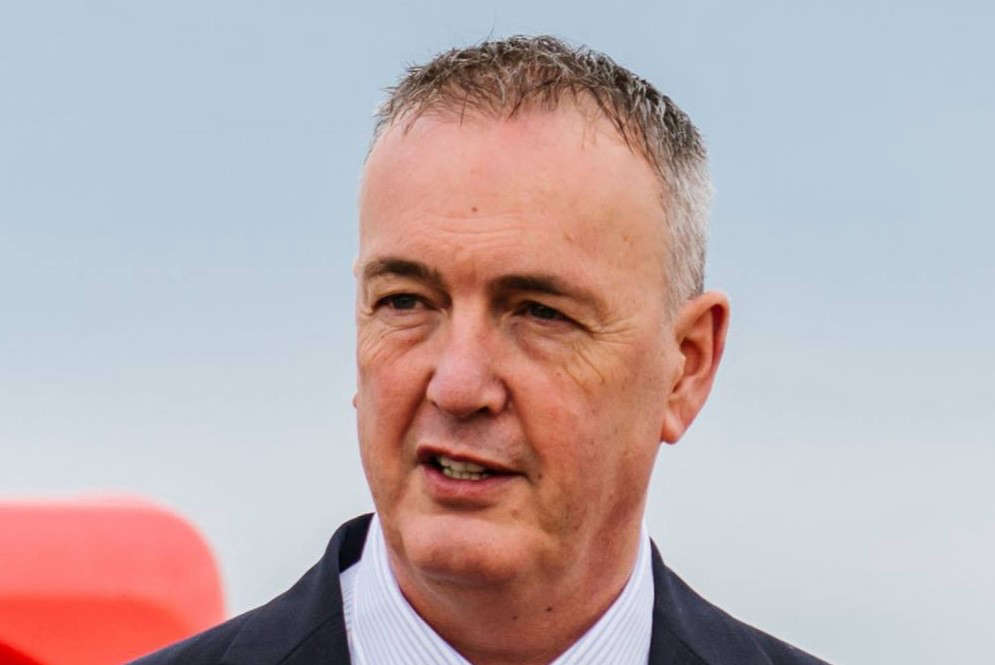 Lancashire residents asked for views on police funding
Lancashire residents asked for views on police funding
 Ashton-on-Ribble cafe running Christmas Eve soup kitchen
Ashton-on-Ribble cafe running Christmas Eve soup kitchen
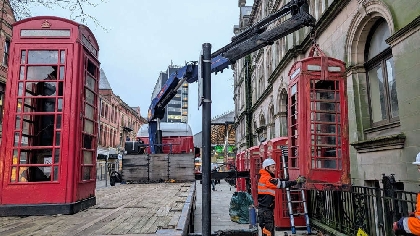 Phone boxes to stay in storage
Phone boxes to stay in storage
 Orthodontic changes planned across Lancashire
Orthodontic changes planned across Lancashire
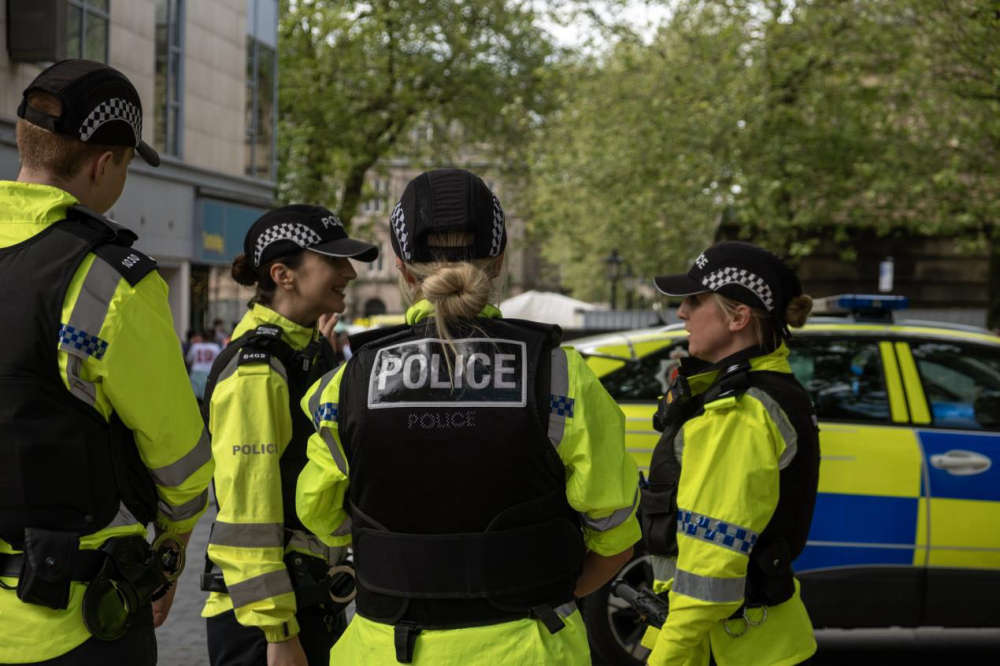 Lancashire Police issue warning to light fingered festive felons
Lancashire Police issue warning to light fingered festive felons
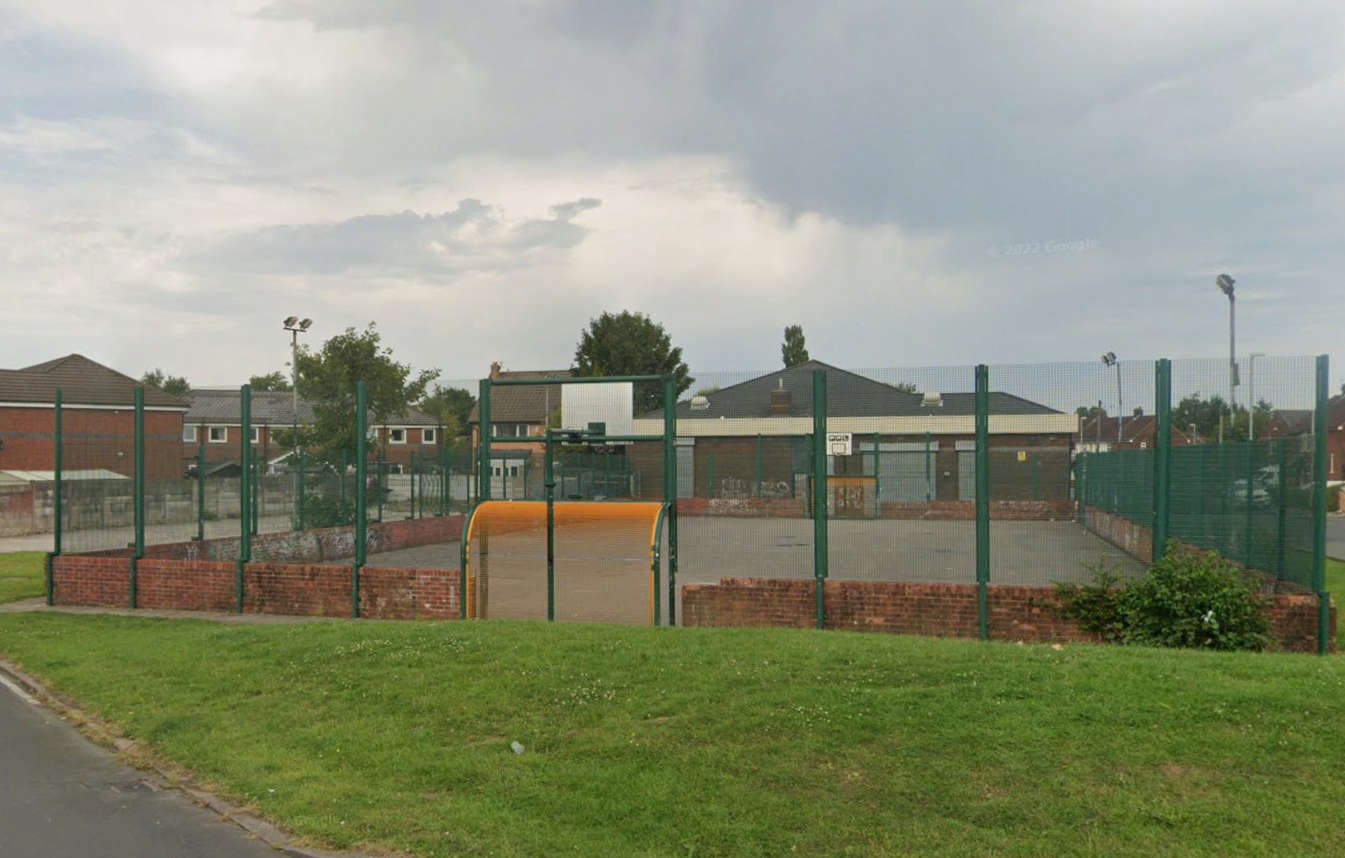 Games area on Preston estate set for upgrade
Games area on Preston estate set for upgrade
 Cyclist left with life-threatening injuries following collision in Preston
Cyclist left with life-threatening injuries following collision in Preston
 Beloved Preston Market book stall closes after 34 years as trade hits historic low
Beloved Preston Market book stall closes after 34 years as trade hits historic low








